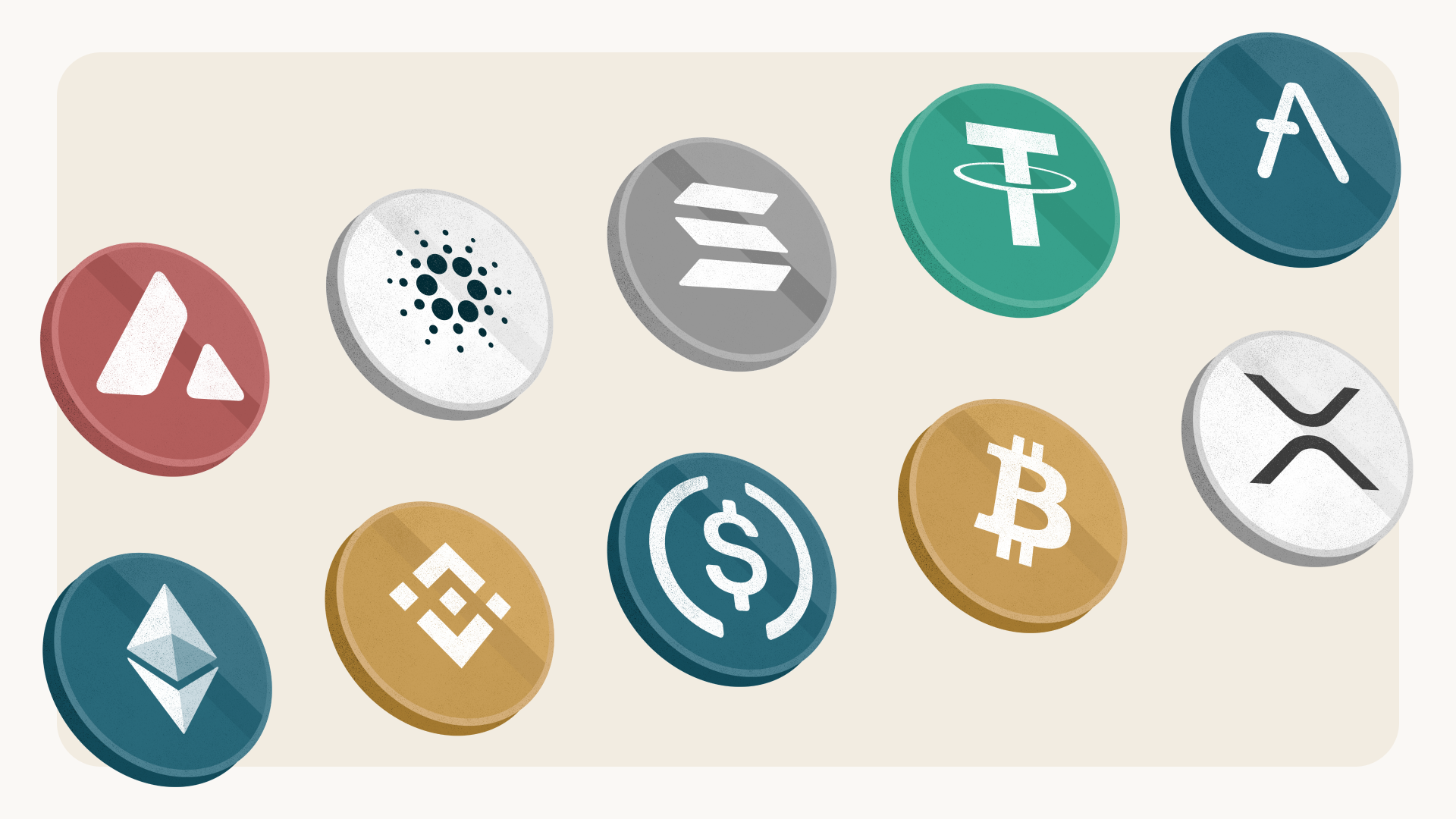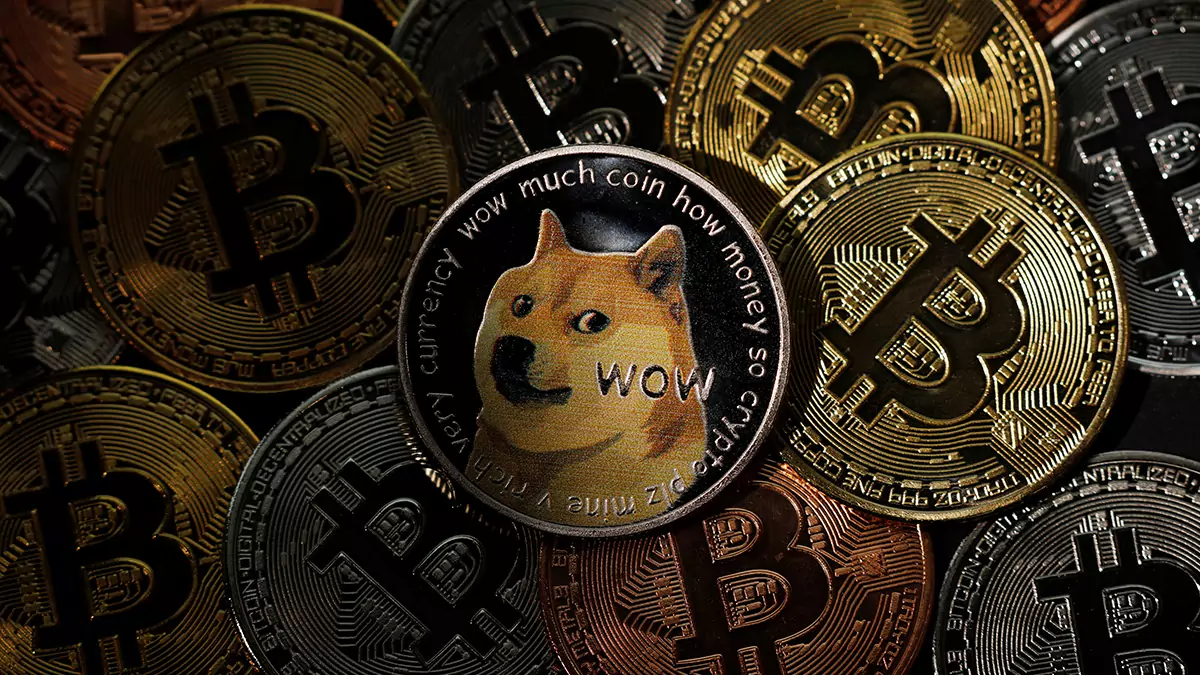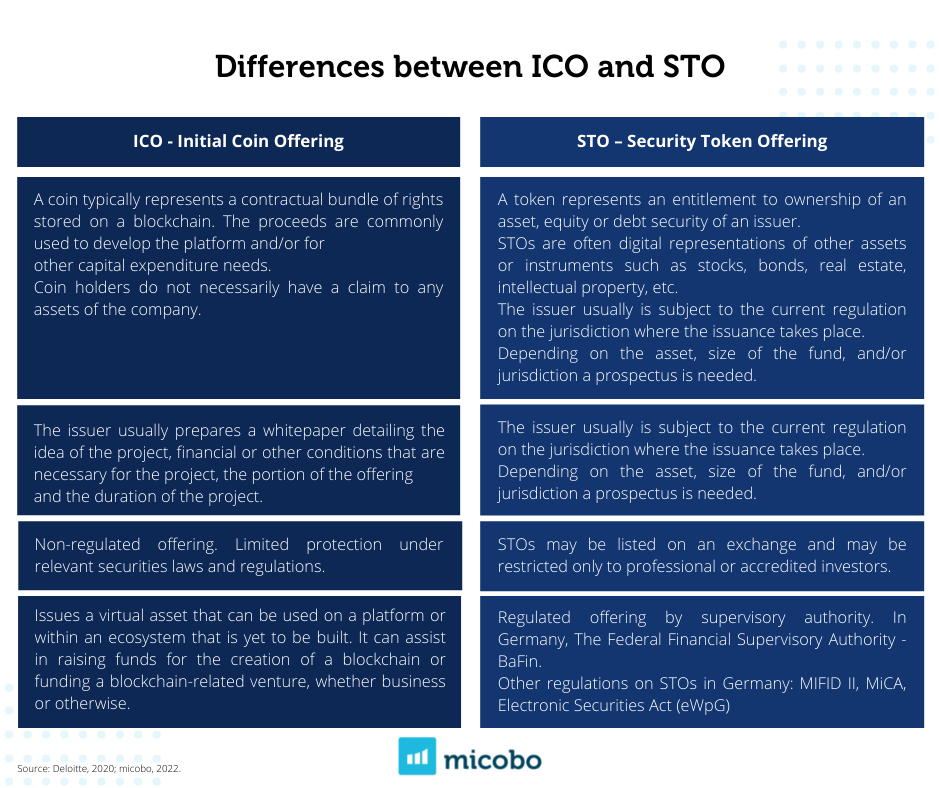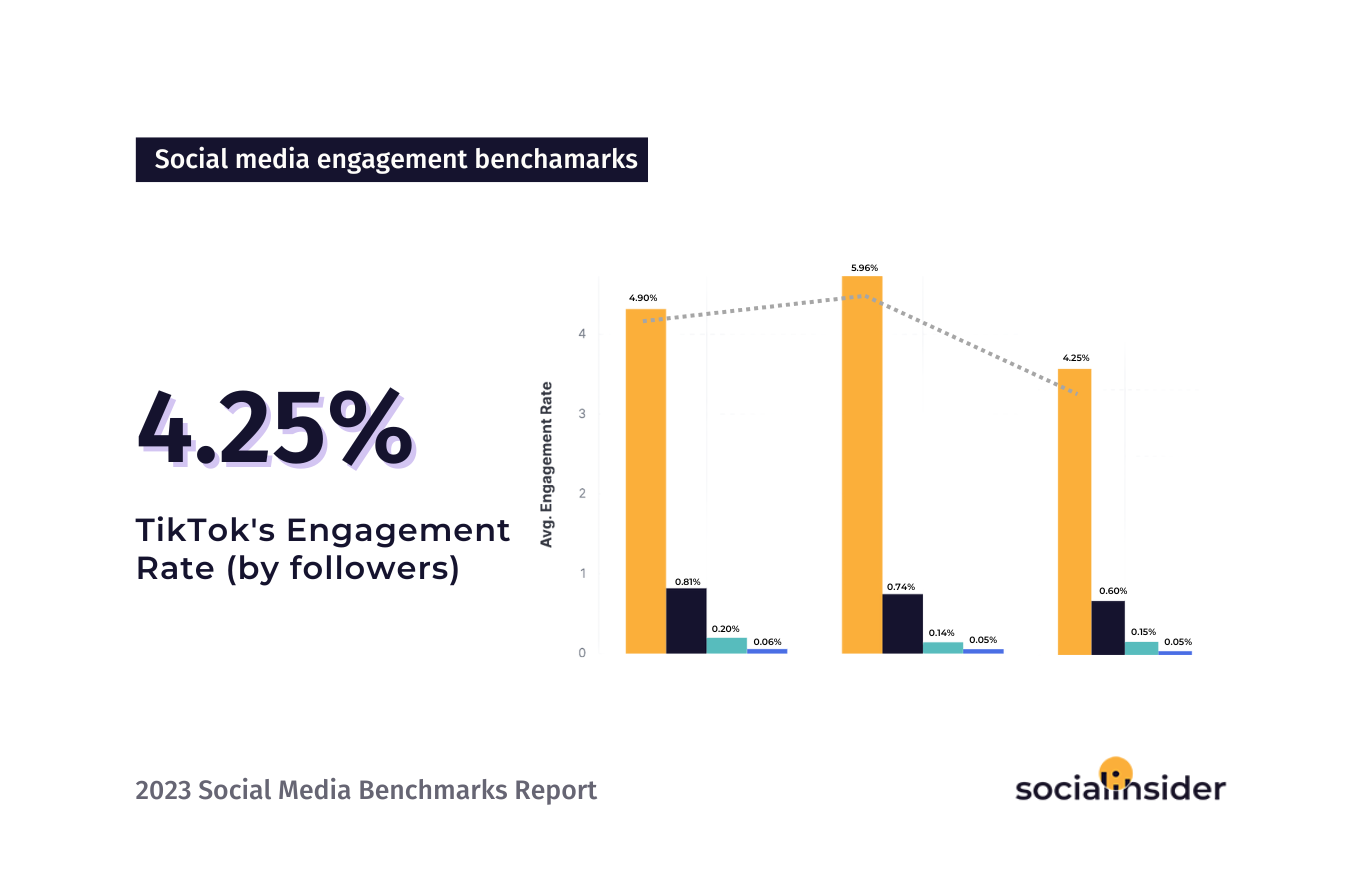Understanding Different Types of Cryptocurrencies
The realm of cryptocurrencies has revolutionized how we perceive and utilize money, breaking conventional boundaries in the financial sector. As digital currencies continue to gain traction, it's essential to understand the diverse array of cryptocurrencies that comprise this dynamic digital landscape. This article explores some of the most prominent types and categories of cryptocurrencies, from pioneers like Bitcoin to innovative newcomers that are redefining blockchain applications.
Bitcoin: The Trailblazer
When discussing cryptocurrencies, Bitcoin often emerges as the first—and sometimes the only—name people recognize. Created in 2009 by an anonymous figure or group known as Satoshi Nakamoto, Bitcoin was the first decentralized cryptocurrency. Its primary innovation was the introduction of blockchain technology—a decentralized ledger that ensures the integrity of the financial transactions conducted with Bitcoin.
Bitcoin's design is inherently deflationary with its capped supply of 21 million coins. This scarcity model has contributed significantly to its value and positions Bitcoin not just as a currency but as a store of value, akin to "digital gold." Its decentralized nature is further reinforced by its network of miners, who validate and record transactions through complex problem-solving processes known as proof-of-work.
Ethereum: Beyond Currency
While Bitcoin was the first to introduce the concept of a decentralized currency, Ethereum emerged in 2015 to expand on blockchain technology. Founded by Vitalik Buterin and a team of developers, Ethereum introduced the idea of smart contracts—self-executing contracts with the terms of the agreement directly written into code.
Ethereum’s native cryptocurrency, Ether (ETH), fuels transactions and smart contracts on its platform. What sets Ethereum apart is its flexibility as a platform capable of supporting decentralized applications (dApps). This functionality has made Ethereum the foundation for a wide array of projects, including decentralized finance (DeFi) services and non-fungible tokens (NFTs).
Ripple: Engineered for Banks
Ripple challenges the concept of cryptocurrencies purely being for individuals by aiming at financial institutions. Created by Ripple Labs in 2012, Ripple functions not just as a digital currency (XRP) but also as a digital payment protocol. Unlike Bitcoin or Ethereum, Ripple isn’t based on blockchain technology but utilizes a consensus ledger and validating servers.
XRP's primary use is in international money transfers, where it helps reduce the friction and costs associated with cross-border transactions. Its appeal lies in its speed and scalability, making it particularly attractive to banks and financial service companies seeking more efficient alternatives to traditional SWIFT systems.
Litecoin: The Silver to Bitcoin’s Gold
Litecoin is often referred to as "the silver to Bitcoin's gold." Created by Charlie Lee in 2011, Litecoin was one of the earliest spinoffs of Bitcoin, or "altcoins." It was designed to serve as a lightweight, faster alternative for everyday transactions. Litecoin’s block time of just 2.5 minutes—significantly faster than Bitcoin's 10-minute block time—enables quicker transaction confirmations.
Litecoin employs a different proof-of-work algorithm called Scrypt, which makes it less complex to mine compared to Bitcoin. This design choice was intended to make mining more accessible to individuals using standard consumer hardware, promoting decentralization and user participation across a wide audience.
Stablecoins: Stability in the Volatile
In the world of cryptocurrencies, where volatility is a defining feature, stablecoins offer a refuge by pegging their value to stable assets, such as the US dollar or gold. Popular stablecoins like Tether (USDT), USD Coin (USDC), and Binance USD (BUSD) are valued one-to-one with the US dollar, ensuring that users can avoid the price fluctuations typical in the crypto space.
Stablecoins serve multiple roles: they act as safe havens during times of market volatility, serve as mediums of exchange, and facilitate trading on cryptocurrency exchanges by allowing lower-cost cross-border transactions. The demand for stablecoins demonstrates a significant step toward integrating crypto into mainstream financial systems by ensuring certainty and reliability in value transfer.
Conclusion
These cryptocurrencies represent just a snapshot of the ever-evolving digital currency ecosystem. While each offers unique features and serves different purposes—from digital gold like Bitcoin to transactional assets like XRP and Ether's innovative platform for decentralized applications—the core premise remains the same: leveraging technology to create secure, decentralized means of value exchange.
In the next part, we will delve deeper into other types of cryptocurrencies, exploring those with unique use-cases, and discussing innovative developments in this fascinating domain. Stay tuned to learn more about privacy coins, utility tokens, and how meme-inspired coins are reshaping the cryptocurrency world.
Privacy Coins: Ensuring Anonymity
As the adoption of cryptocurrencies continues to grow, so too does the focus on privacy and anonymity in transactions. This is where privacy coins come into play. Unlike other cryptocurrencies, privacy coins are designed to provide enhanced security by obscuring transaction details to protect the identities of the parties involved.
One of the most well-known privacy coins is Monero (XMR). Monero employs advanced cryptographic techniques, such as ring signatures and stealth addresses, to ensure the sender, receiver, and transaction amount remain confidential. This focus on privacy makes Monero an attractive option for individuals and entities seeking to conduct transactions without prying eyes.
Another significant privacy coin is Zcash (ZEC). Zcash offers the option of "shielded" transactions, leveraging a technology called zk-SNARKs (zero-knowledge succinct non-interactive arguments of knowledge), which ensures complete privacy by proving the transaction's validity without revealing any sensitive information.
Privacy coins, however, face regulatory scrutiny due to their potential misuse in illicit activities. This ongoing debate highlights the balance between individual privacy rights and the need for regulatory oversight in the financial ecosystem.
Utility Tokens: Empowering Digital Ecosystems
Utility tokens are a distinct class of cryptocurrencies that go beyond mere financial transactions. These tokens are intended to provide users with access to products or services within a specific blockchain ecosystem. They play a vital role in facilitating functionality and interactions on decentralized platforms.
Ethereum’s Ether (ETH) is a prime example, as it acts both as a cryptocurrency and a utility token, powering transactions and computational services on the Ethereum network. Similarly, Binance Coin (BNB) is used for reducing trading fees on the Binance Exchange and powering the Binance Smart Chain's numerous decentralized applications.
Another notable utility token is Chainlink (LINK), which bridges the gap between smart contracts and real-world data. Chainlink enables smart contracts to securely interact with external data sources, facilitating services ranging from weather data to financial information.
These tokens not only provide specific utilities within their ecosystems but also often represent a way for projects to raise capital through initial coin offerings (ICOs). The versatility and functionality of utility tokens have garnered them substantial attention, leading to their proliferation across diverse blockchain projects.
Central Bank Digital Currencies (CBDCs): Bridging Traditional and Digital Finance
Central Bank Digital Currencies (CBDCs) have emerged as a concept that blends traditional fiat currencies with the technological advancements of digital currencies. Unlike cryptocurrencies, CBDCs are issued and regulated by central banks, representing the digital form of a nation's fiat currency.
Numerous countries, including China with its Digital Yuan and Sweden with the E-krona, are actively exploring or piloting CBDCs. These digital currencies aim to improve payment efficiency, reduce costs associated with cash handling, and promote financial inclusion. For instance, the Digital Yuan is designed to enhance the speed and security of domestic transactions while supporting the development of China's digital economy.
CBDCs can fundamentally transform how monetary policy is implemented, offering a direct channel between central banks and citizens. However, their introduction raises questions about privacy, cybersecurity, and the potential impact on the existing banking system. The global discourse around CBDCs signifies a pivotal shift in the way nations approach and adapt to the digitalization of their currencies.
Meme Coins: The Culture Drivers
While most cryptocurrencies serve practical purposes, meme coins are a whimsical yet significant part of the crypto ecosystem. These coins, often lacking any substantial technological innovation, gain value primarily through cultural virality and community momentum.
Dogecoin (DOGE) is the most prominent example of a meme coin. Originally created as a joke in 2013, featuring the Shiba Inu dog from the “Doge” meme, it has gained substantial popularity, fueled by internet culture and endorsements from high-profile figures like Elon Musk. Despite its humorous origins, Dogecoin has achieved mainstream acceptance and is used for tipping and charitable causes.
The success of Dogecoin has inspired the creation of other meme coins, such as Shiba Inu (SHIB), which further capitalizes on pop culture references and the power of community-driven speculation. Although these coins are primarily driven by humor, they underscore the influence of social media and digital culture in shaping the financial landscape.
Conclusion
The diversity among cryptocurrencies reflects the multifaceted nature of blockchain technology and digital finance. From privacy coins safeguarding anonymity to utility tokens enabling decentralized ecosystems, each type plays a unique role in advancing the goals and capabilities of the crypto space. Meanwhile, CBDCs illustrate the convergence of traditional finance with digital innovation, and meme coins highlight the cultural dimension of cryptocurrencies.
Understanding these different types of cryptocurrencies equips individuals and institutions with the knowledge to navigate this rapidly evolving landscape. In the concluding section of this article, we will explore upcoming trends and future outlooks for cryptocurrencies, delving into the technologies and innovations likely to shape the next era of finance. Stay tuned to uncover how emerging developments are poised to redefine our interaction with money.
The Rise of DeFi Tokens: Decentralizing Finance
Decentralized Finance, or DeFi, represents a transformative wave in the cryptocurrency sphere, aiming to recreate traditional financial systems like lending, insurance, and exchanges using blockchain technology. DeFi tokens serve as the backbone of these innovative financial services, allowing users to engage in activities once confined to centralized institutions, all while maintaining control over their assets.
One notable DeFi token is Uniswap (UNI), which powers the Uniswap protocol—a decentralized trading platform used for swapping various ERC-20 tokens on Ethereum. Uniswap's automated market maker (AMM) model and liquidity pools eliminate the need for traditional intermediaries, fostering a more open and accessible trading environment.
Another key player in the DeFi space is Maker (MKR). The Maker platform functions as a decentralized credit system on Ethereum, allowing users to lock in Ether as collateral to generate the Dai stablecoin. This process is governed by MKR holders, who vote on changes to the protocol, exemplifying decentralized governance in action.
DeFi tokens have not only democratized access to financial services but have also introduced novel concepts like yield farming and liquidity mining. These trends have attracted significant capital and interest, reflecting a growing appetite for financial autonomy and innovation.
Non-Fungible Tokens (NFTs): Unique Digital Assets
In recent years, Non-Fungible Tokens (NFTs) have taken the digital world by storm, representing a distinct category within the cryptocurrency space. Unlike fungible cryptocurrencies like Bitcoin or Ethereum, each NFT is unique and cannot be exchanged on a one-to-one basis with another.
NFTs are typically used to certify ownership of digital assets, including art, music, videos, and even virtual real estate. The Ethereum blockchain is the leading platform for NFTs due to its robust support for smart contracts. Through smart contracts, creators can embed metadata describing the NFT's attributes and ownership details, making them viable for verifying authenticity and provenance.
CryptoPunks and Bored Ape Yacht Club are among the most iconic NFT collections, known for their distinctive art and exclusivity. Beyond collectibles, NFTs have expanded into domains like gaming and ticketing, allowing for new models of ownership and revenue streams for creators.
Despite their popularity, NFTs are not without controversy. Issues related to environmental impact, copyright infringement, and market volatility have sparked debates on their long-term sustainability. Nevertheless, NFTs represent an exciting frontier at the intersection of art, technology, and finance.
Crypto Futures: What Lies Ahead?
As the landscape of cryptocurrencies continues to evolve, several trends and developments are likely to shape its future trajectory. One such trend is the ongoing expansion of blockchain scalability solutions. Projects like Ethereum 2.0 aim to improve transaction throughput through mechanisms like sharding and Proof of Stake consensus, addressing current limitations of speed and cost.
Interoperability is another crucial area of focus. With numerous blockchains existing independently, solutions that facilitate seamless communication and transfer of assets across different networks are gaining importance. Polkadot and Cosmos are leading projects in this field, striving to create a more connected and cohesive blockchain ecosystem.
Moreover, regulatory clarity will play a pivotal role in determining the future of cryptocurrencies. As governments navigate the complexities of digital currencies, collaboration between industry stakeholders and regulators will be essential in establishing frameworks that protect investors while encouraging innovation.
Finally, the integration of artificial intelligence (AI) with blockchain technology presents exciting possibilities. AI algorithms can enhance decision-making, security, and personalization in blockchain applications, opening new avenues for growth and creativity.
Conclusion
The vast array of cryptocurrencies available today reflects the innovation and diversity inherent in the blockchain space. From foundational coins like Bitcoin and Ethereum to specialized tokens driving DeFi, NFTs, and cross-border solutions, each type serves a distinct purpose and caters to varying user needs and preferences.
As the industry matures, these cryptocurrencies will continue to influence and reshape financial landscapes across the globe. Whether fostering financial inclusion, disrupting traditional systems, or crafting new cultural paradigms, cryptocurrencies are at the frontier of a revolution that transcends money, touching on technology, governance, and society.
Staying informed and adaptable will be crucial for anyone navigating the complexities of the cryptocurrency world. As innovations unfold and new concepts inevitably emerge, maintaining a forward-thinking perspective will be vital in harnessing the full potential of this transformative digital phenomenon.

























Comments